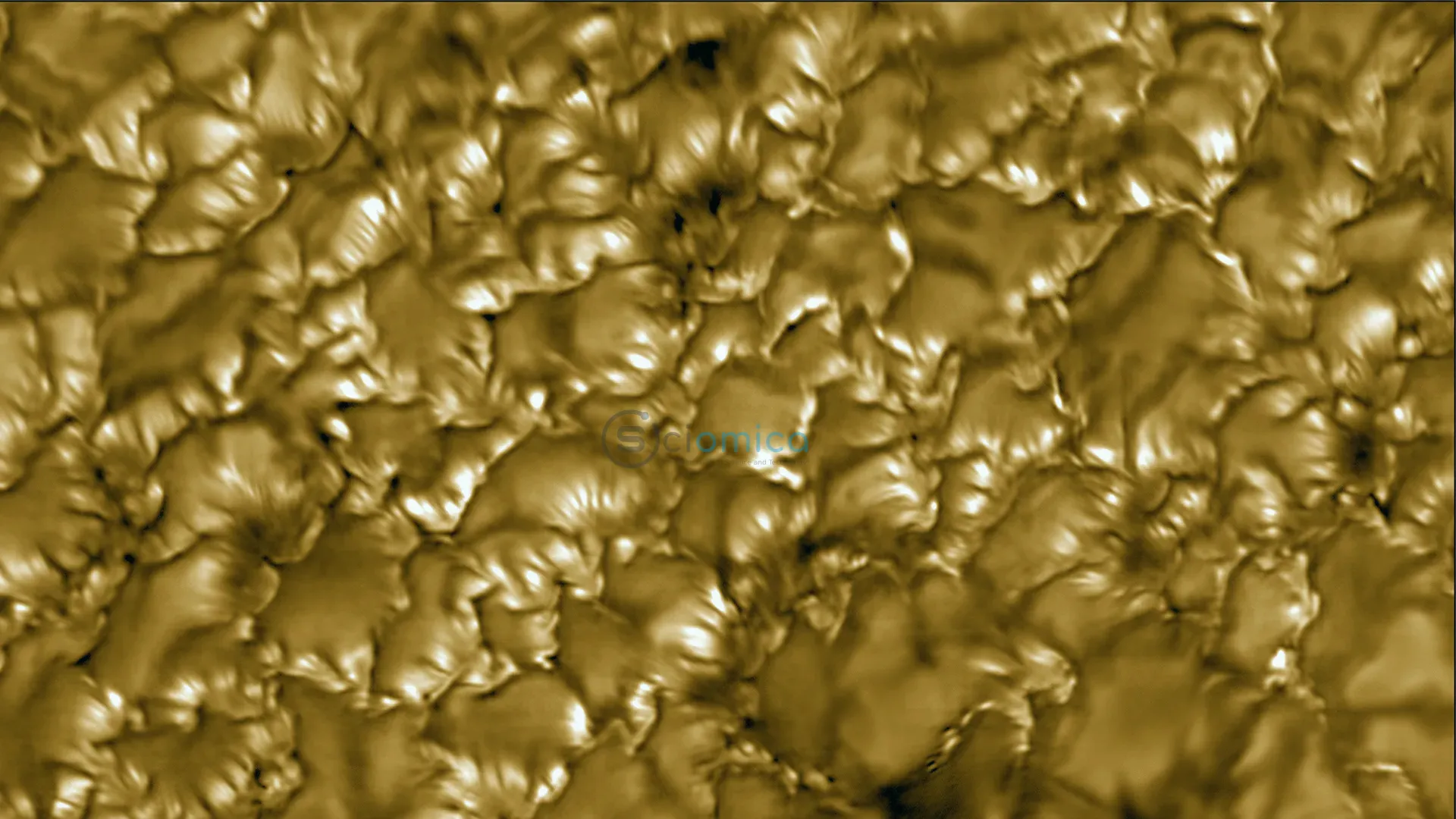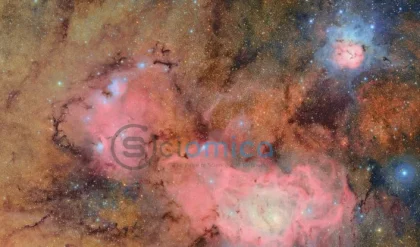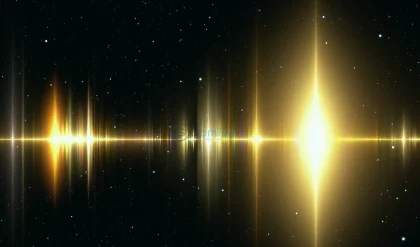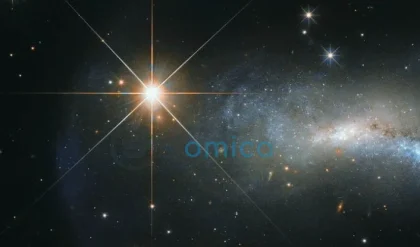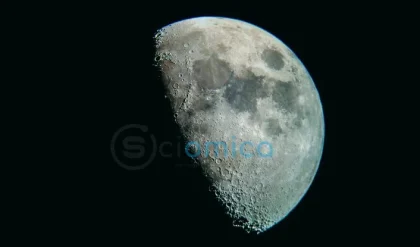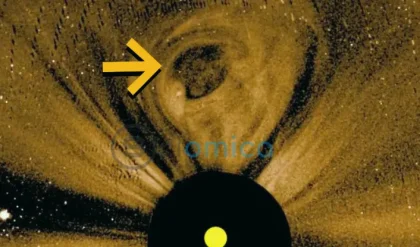A groundbreaking study from a team of solar physicists has unveiled the intricate structure of the Sun’s surface with unparalleled precision. Utilizing the cutting-edge capabilities of the Daniel K. Inouye Solar Telescope, which is operated by the U.S. National Science Foundation (NSF) National Solar Observatory (NSO) in Maui, researchers have observed ultra-narrow bright and dark stripes on the solar photosphere for the first time. This exceptional observation provides new insights into the dynamics of magnetic fields and their effects on the Sun’s surface, down to scales as small as 20 kilometers (approximately 12.4 miles).
These stripes, known as striations, appear in the context of solar convection cells, referred to as granules. They manifest as curtain-like sheets of magnetic fields that ripple in the solar atmosphere much like fabric caught in a breeze. Light emitted from the walls of granules interacts with these magnetic structures, resulting in a pattern of alternating brightness and darkness that corresponds to the variations in the underlying magnetic fields. In areas where the magnetic field is weaker than its surroundings, the striations appear dark, and where it is stronger, they appear bright.
Lead author Dr. David Kuridze, a scientist at NSO, emphasized the significance of this research, stating, “For the first time, we are able to investigate the fine-scale structure of the solar surface with a spatial resolution of just about 20 kilometers, which is comparable to the length of Manhattan Island. These striations represent the fingerprints of fine-scale magnetic field variations.”
The findings were unexpected, made possible by the unique capabilities of the Inouye Solar Telescope which employs the Visible Broadband Imager (VBI) instrument working within the G-band—a specific range of visible light ideal for observing solar magnetic activity. This advanced setup has permitted researchers to observe the solar photosphere with an extraordinary spatial resolution of better than 0.03 arcseconds, the best ever recorded in solar astronomy. Researchers were able to make sense of these observations by comparing them with sophisticated simulations that recreate the Sun’s surface physics.
The research confirms that these striations reflect minute yet significant magnetic fluctuations, with variations of only a hundred gauss, similar in strength to a common refrigerator magnet. These magnetic changes influence the density and opacity of the plasma, causing visible shifts in the solar surface by mere kilometers—phenomena known as Wilson depressions, detectable only due to the exceptional resolving power of the 4-meter primary mirror of the Inouye Solar Telescope, the largest solar telescope in the world.
Dr. Han Uitenbroek, a co-author of the study, pointed out the wider implications of their discoveries, noting, “Magnetism is a fundamental phenomenon in the universe, and similar magnetically induced stripes have been observed in more distant astrophysical objects, such as molecular clouds. The Inouye’s high resolution, along with simulations, allows us to better understand the behavior of magnetic fields in a broad astrophysical context.”
Understanding the magnetic architecture of the solar surface is crucial for grasping the Sun’s most energetic activities—such as solar flares, eruptions, and coronal mass ejections—which influence space weather. This research not only enriches our insight into the solar magnetic structure but also paves the way for exploring magnetic phenomena in other astrophysical environments, at scales once deemed unreachable from Earth.
Dr. David Boboltz, Associate Director for the NSF Inouye Solar Telescope, remarked on the significance of these findings, stating, “This is just one of the many groundbreaking achievements for the Inouye, showcasing its role in advancing solar research. It highlights the telescope’s critical function in comprehending the small-scale physics that generate space weather events impacting our technology-driven society.”
The detailed study, “The striated solar photosphere observed at 0.03” resolution,” has been published in The Astrophysical Journal Letters.
Reference:
- David Kuridze, Friedrich Wöger, Han Uitenbroek, Matthias Rempel, Alexandra Tritschler, Thomas Rimmele, Catherine Fischer, Oskar Steiner. The Striated Solar Photosphere Observed at 0".03 Resolution. The Astrophysical Journal Letters, 2025; 985 (1): L23 DOI: 10.3847/2041-8213/add470

